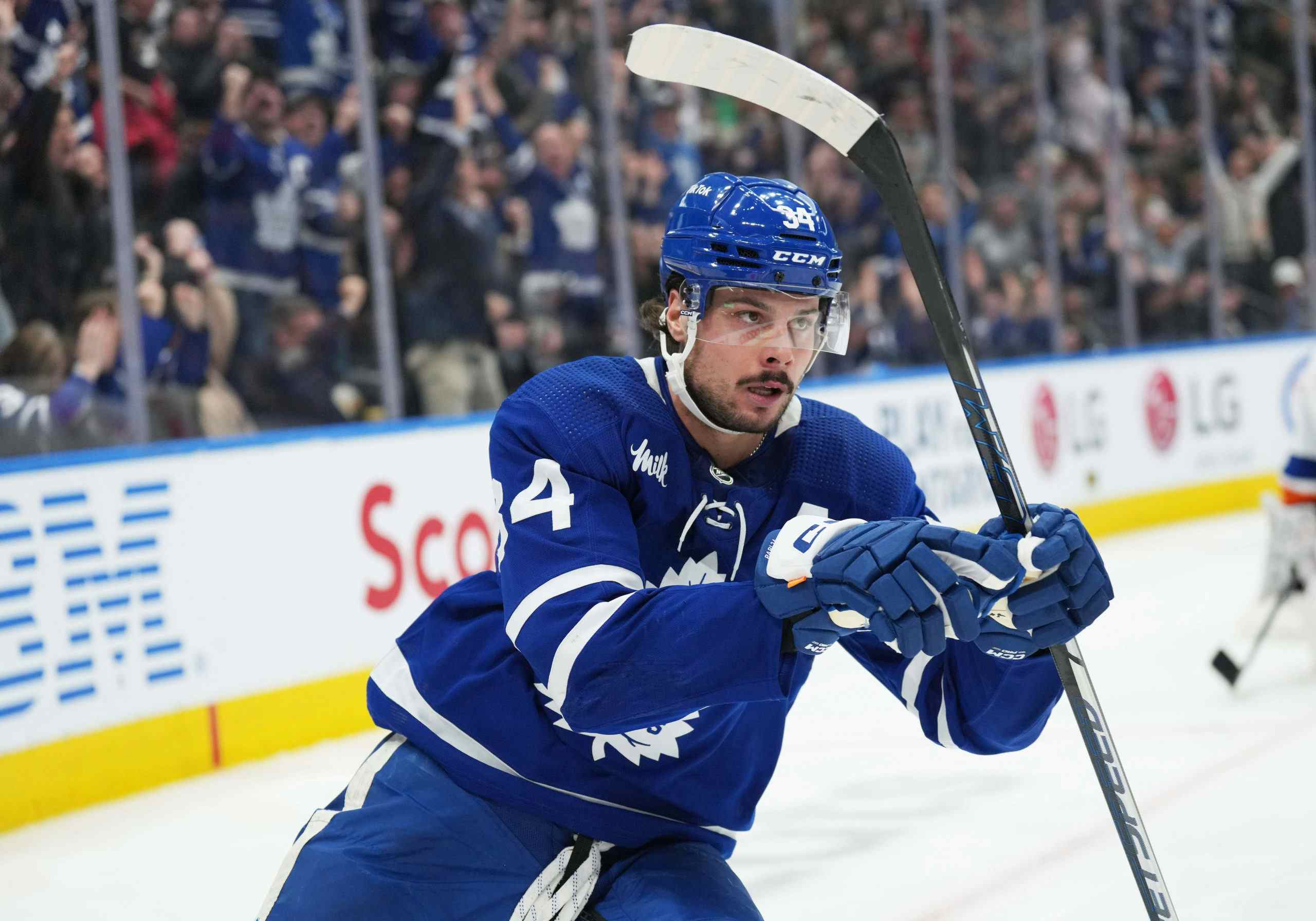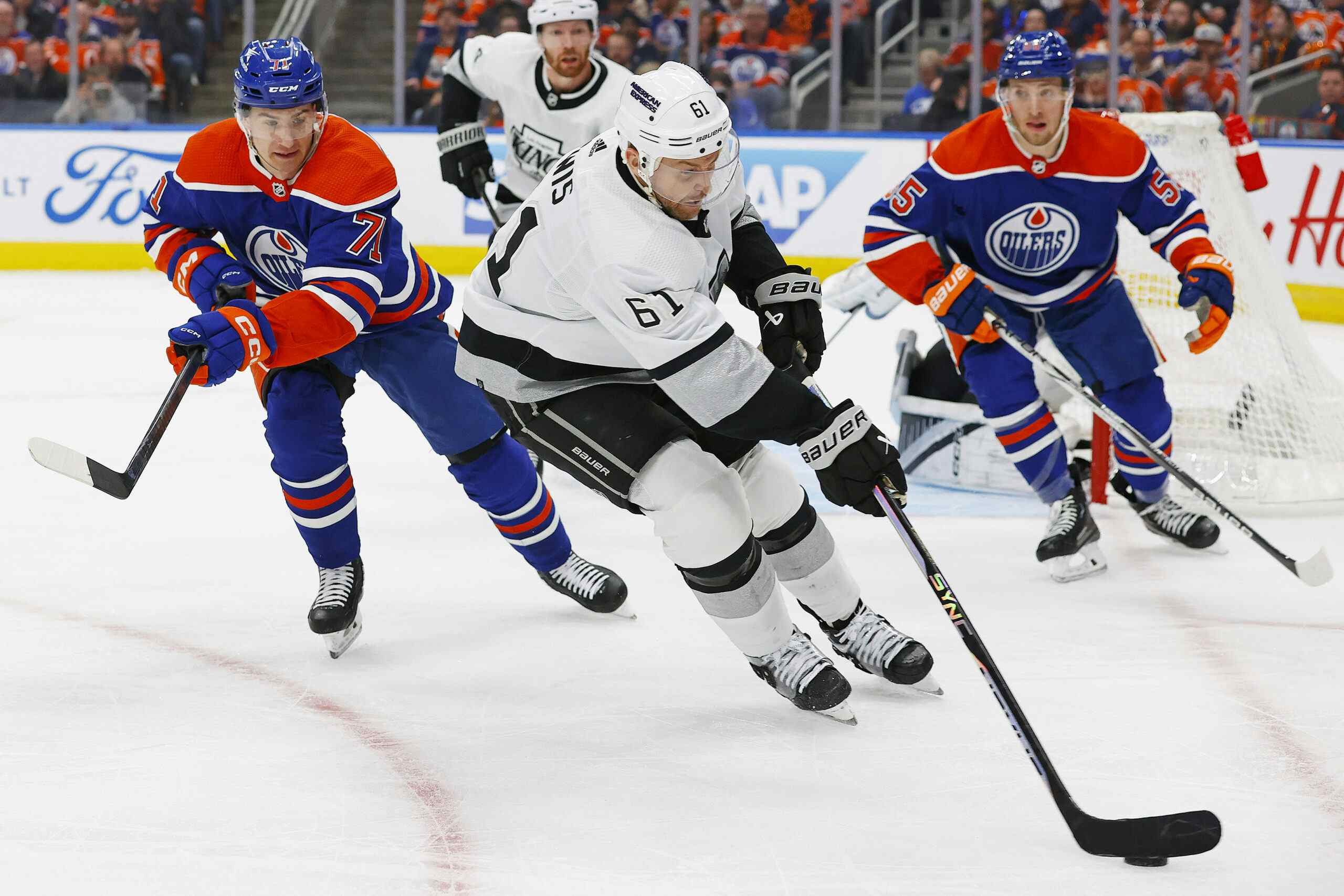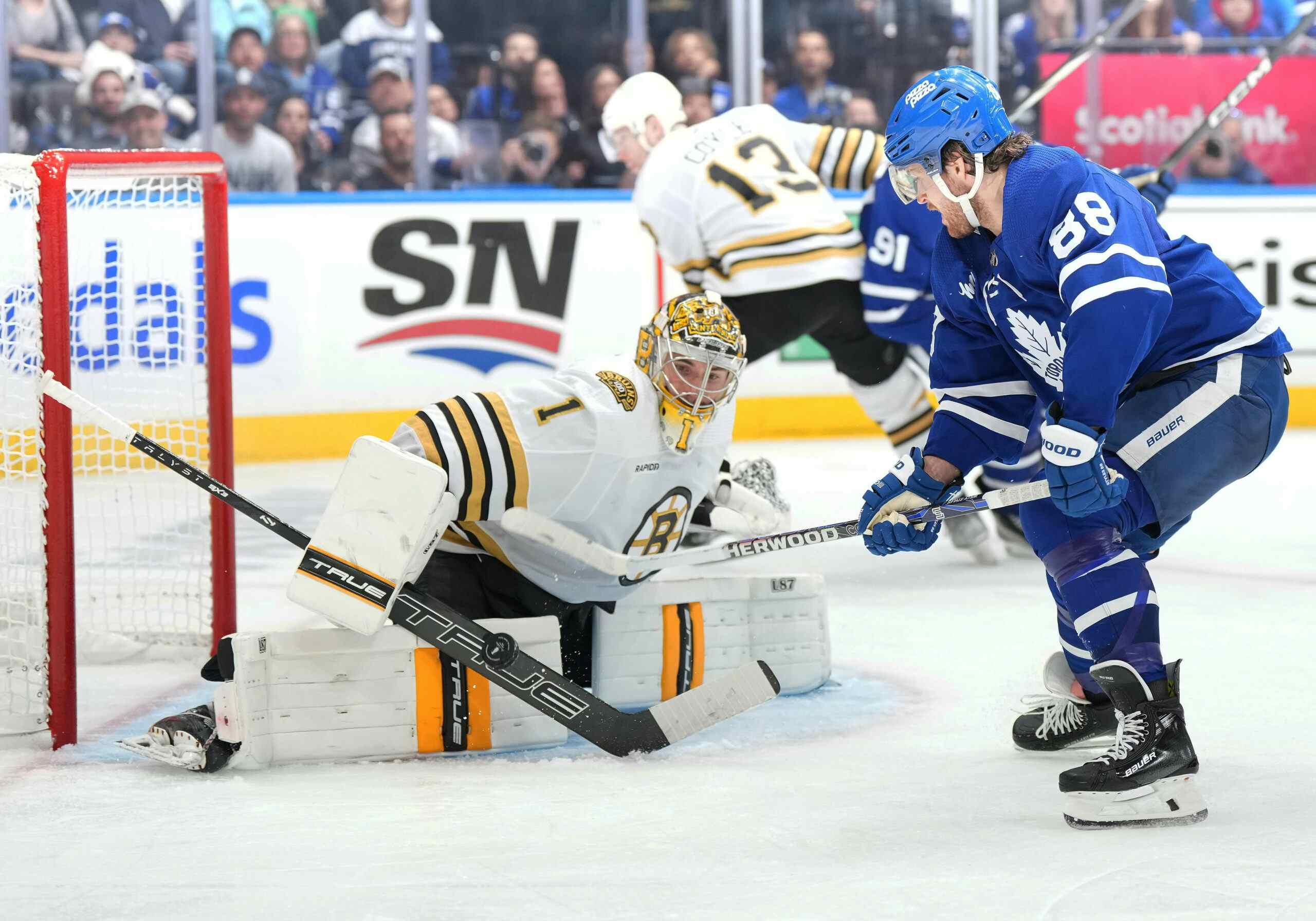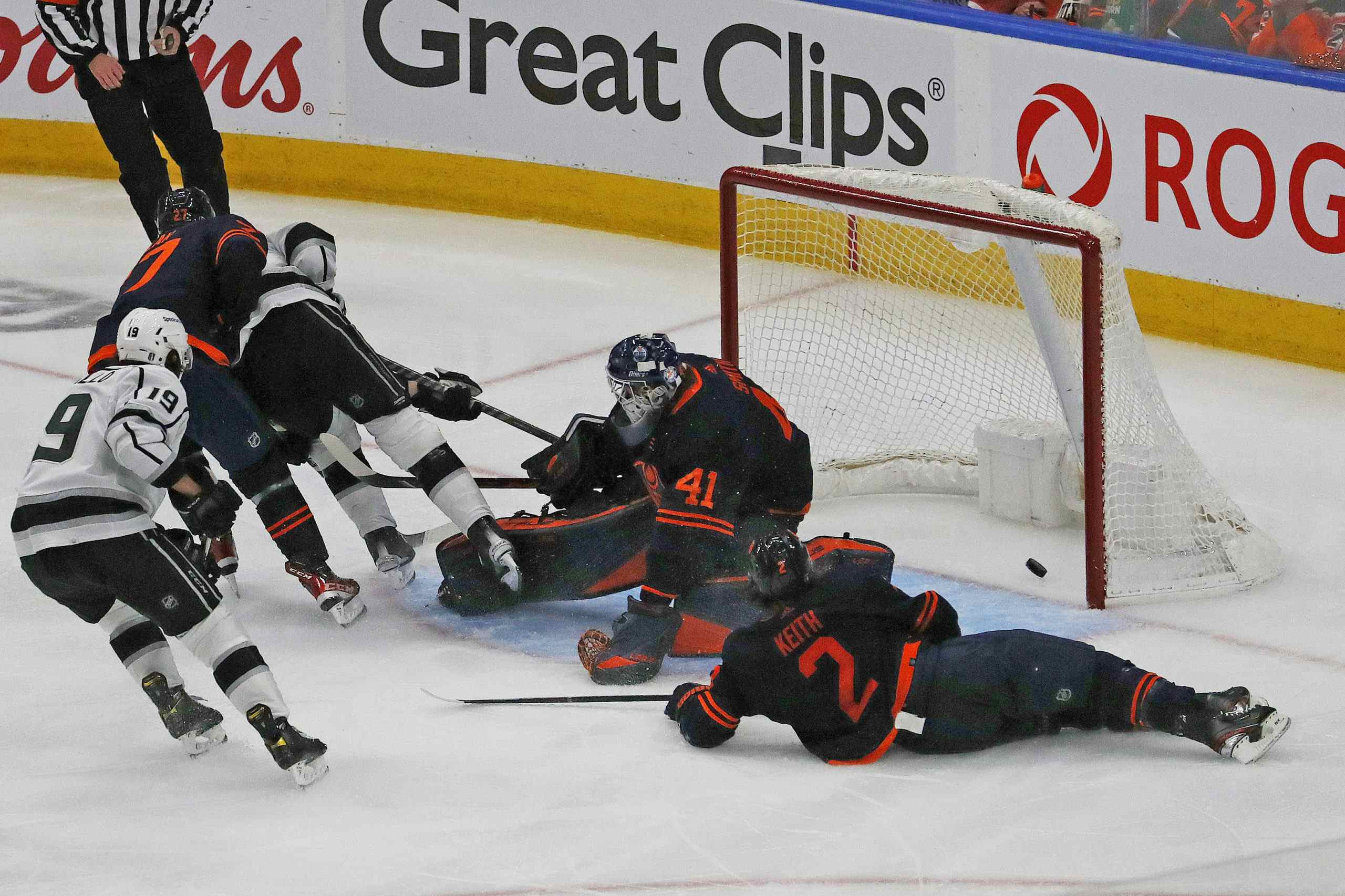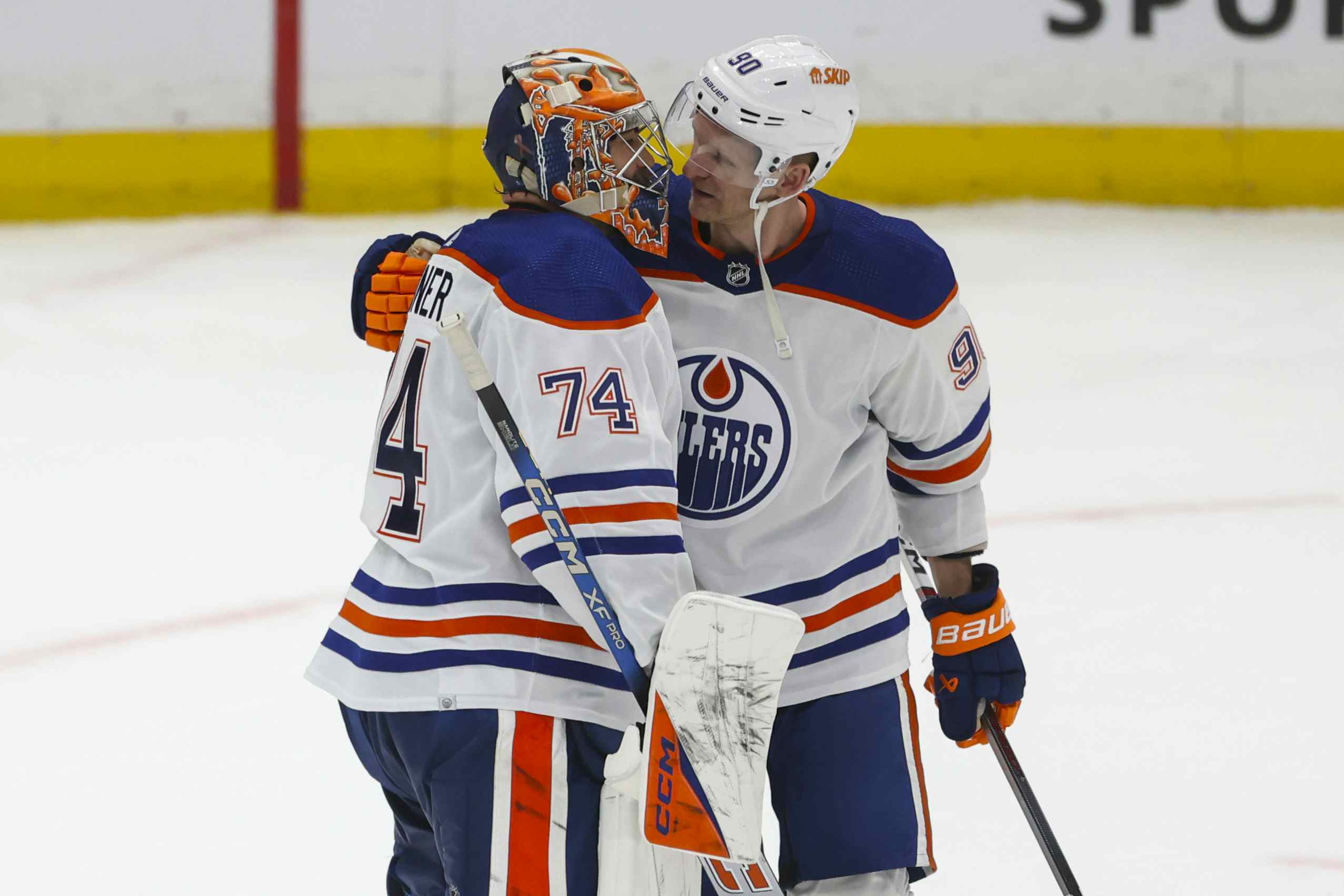Development and the Edmonton Oilers
One of the things that Steve Tambellini has been getting credit for (including from yours truly) is the resurgence of the Oilers’ farm system under his watch. Long a wasteland under the previous administration, this year the Oilers’ farm team is first in the American Hockey League. It’s an important change, and one the current group deserves credit for.
However, there’s a big difference between running a good AHL team and being good at developing players. The Oilers are showing signs of the first but they have yet to prove anything’s changed on the second front.
The Oilers have long been a team in favour of rushing their best prospects to the NHL level. Sam Gagner was brought into the league at 18, despite being undersized and not ready for the show – as evidenced by his minus-21 while Jarret Stoll and Marty Reasoner took on both the tough opponents and the tough defensive zone assignments. Andrew Cogliano, despite defensive shortcomings and an inability to win a faceoff, never played an AHL game for the Oilers; he was elevated to a scoring line right out of college. Ales Hemsky never played an AHL game either; he was brought into the NHL at 19 and was a 30-point man for two seasons up until the NHL lockout.
Things have not changed.
Magnus Paajarvi has seen time in the AHL this season after a goalless stretch that has now reached 33 games. He had nine points in his 10 minor-league games, but only a single goal. History shows us that he was largely relegated to a secondary role last season while Taylor Hall and Jordan Eberle got the prime offensive minutes; Paajarvi only got a significant role once injuries and trades had whittled the competition down to nothing (in March of last season, Paajarvi played 15:00+ minutes every game, while in February, he played less than 15:00 in 10 of 12 contests). Would he have been hurt by getting a starring role in the AHL in 2010-11, a chance to work on his offensive game and learn to play in a smaller North American rink?
While keeping Paajarvi on the NHL roster out of camp last season was a mistake, it was at least understandable. The Oilers were selling hope. Paajarvi was a top-10 pick. At the time he was a shiny new offensive prospect, rather than an underperforming youngster who doesn’t cut to the net. Those are not good reasons for making a bad developmental decision, but at least they’re understandable.
Anton Lander is not an especially overhyped prospect. He was a second-round pick. His offensive numbers have never been spectacular; he’s always been projected as a good, solid defensive player with excellent character. Anybody watching him fight for the puck can tell that while his head’s in the right place he isn’t strong enough to hold off NHL veterans yet. He’d never played in North America prior to this season.
All of those should have been solid indications that Lander would start his North American career in the AHL, where he could have been a key penalty-killer, worked on his faceoffs, and received a lot of minutes to further develop his game at both ends of the ice.
The Oilers saw things differently – they kept him in the NHL as a fourth-line center. In just five games has he received more than 15:00 minutes of ice-time. In 14, he’s been held to single digits in ice-time. Rather than play in key offensive situations, he’s typically put on the bench when the Oilers need a goal – and for good reason, given his five points over 45 games played. Rather than take a bunch of face-offs in the AHL, he’s taken less than 300 in the NHL – again for good reason, given his 42.1% success rate in the circle.
The Oilers have long felt that their best prospects should learn the game at the NHL level (please note here that I’m not including lottery picks like Hall and Nugent-Hopkins; for these talents it’s fair to argue that the development curve is different). This isn’t done out of necessity – neither Paajarvi nor Lander provide anything the Oilers can’t get on the free agent market (or in Lander’s case, from their farm team – Ryan O’Marra’s not only bigger and stronger but also a better faceoff man). In other words, these players aren’t here because the Oilers are a bad team, the excuse often made for the club. They’re here because the Oilers under both Kevin Lowe and Steve Tambellini think their players learn best at the NHL level.
It’s difficult to prove definitively that this strategy is the wrong course of action, but it is not what teams like Detroit and New Jersey do. It doesn’t make great sense from a cap angle either, though that’s a secondary consideration. The fact is that many of the best teams in the game choose to be patient with their players, establishing timelines that see fresh draft picks get a minor-league apprenticeship. Intuitively, it makes sense – not only does it avoid injuries (like the kind that derailed Gilbert Brule’s career in Columbus) but it gives players a chance to play heavy minutes in key situations in an environment focused on development, rather than winning.
So, yes, the Oilers have a better AHL team under Steve Tambellini. That doesn’t mean they’ve made great strides when it comes to developing their players.
Recent articles from Jonathan Willis

